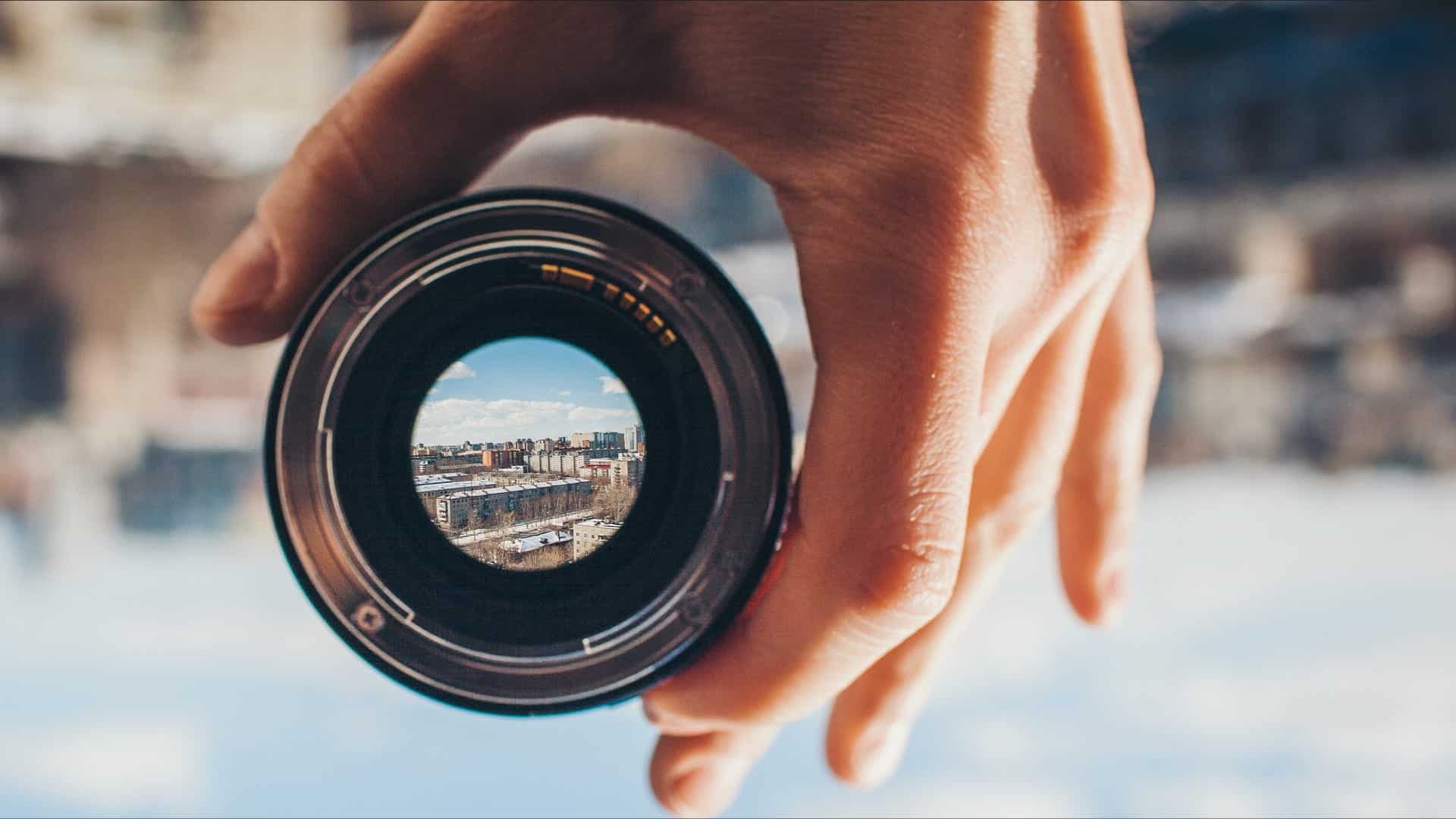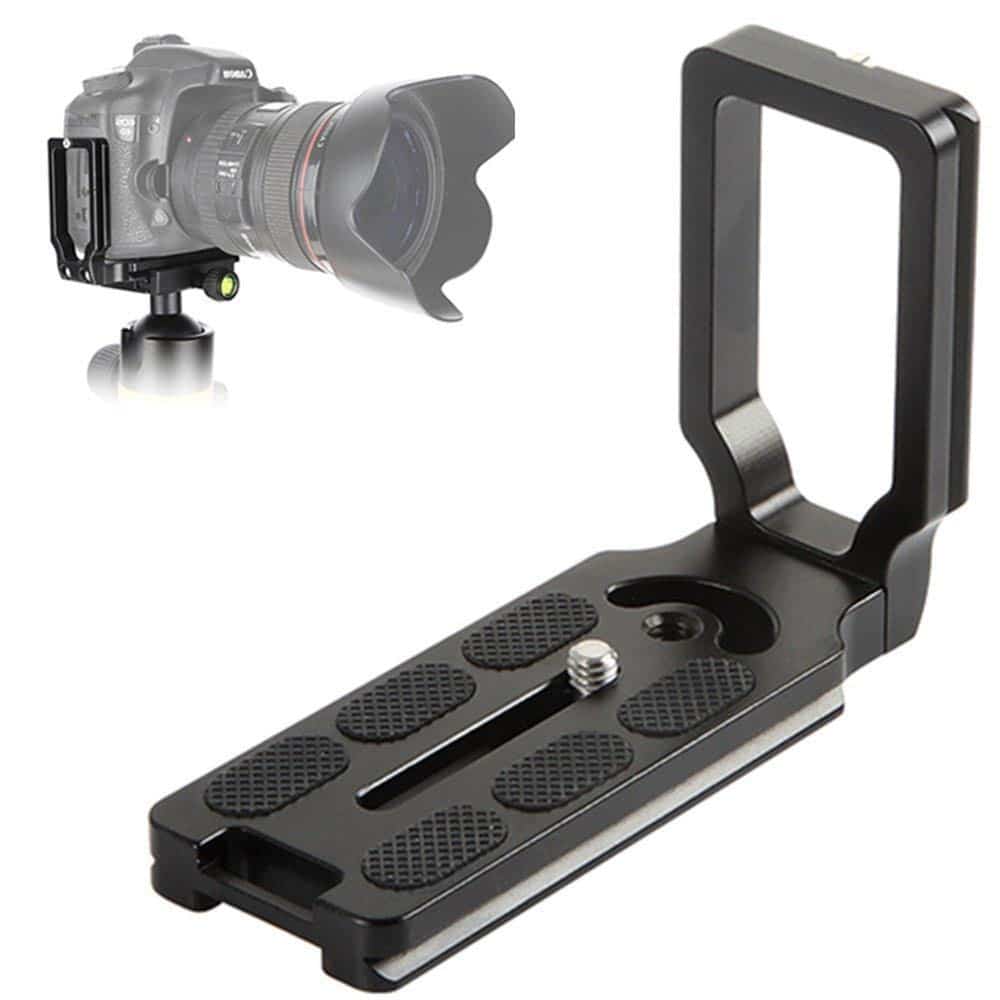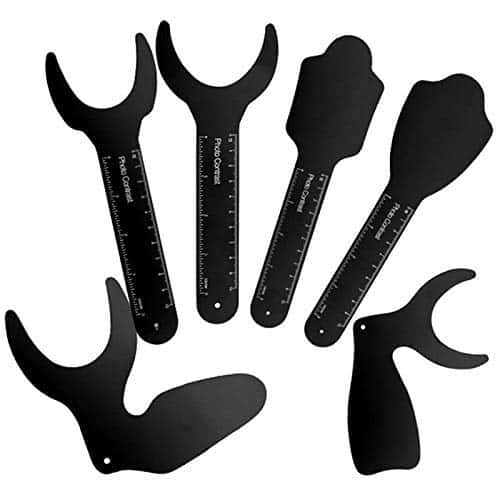To document your clinical cases, you must invest in a good set of equipment.
You can ask me why?
Well, a good set of equipment will help you get more accurate dental images.
This is especially critical in the dental arena, where accurate color representation is essential. As a dental photographer, I couldn't agree more.
Your patients will be delighted with the outcomes if you use the right equipment to capture the perfect images.
Using low-quality equipment increases the probability of getting inconsistent outcomes.
When I purchased the dental photography gear a few years back, I also took help from the experts. Online research also helped me a lot.So today, I will represent my experience regarding the dental photography equipment.
Don't waste your time and follow my instructions A to Z to make a better decision while purchasing essential gear for dental photography.
Necessary Equipment for a Dental Photographer
Dental photography necessitates not just a basic understanding of photography fundamentals but also specialized equipment.
So, what are the must-have instruments for a dental photographer? From my experience, there are the 13 most essential pieces of equipment for dental photography.I also use those same sort of equipment for dental photography. Here are they:
- A Decent Camera Body
- Camera Lens
- Flash
- Brackets
- Retractors
- Mirrors
- Contrasters
- Tripod
- External Hard Drive
- Memory Cards
- Bag/Carrying Gear
- Cleaning Supplies
- Rechargeable Batteries
A Decent Camera Body
DSLR cameras offer the best possible results for dental photograhy. With the ability to swap out the lenses on this camera, you have a wide range of creative options.
So, a DSLR is a must-have accessory for any photographer. Since every camera brand possesses beneficial characteristics, you can't underestimate any of them.
Size, breadth, distinctive shooting modes, sensing type, built-in wireless controller, and manufacturer are crucial for DSLRs. Midsize cameras are easy to hold with one hand.
I generally use the full frame camera body. Because full-frame sensors and APS-C sensors are the most common types of sensors found in DSLRs.
(Check out my post on Best cameras for dental photography for recommendations for dental photography cameras in 2022.)
Smaller sensors are used in APS-C cameras, which feature a 22x15mm sensor area. These figures show how much larger the full-frame sensors are compared to APS-C sensors.
The number of pixels and the resolution might be the same in both images. The size of an image's pixels is directly related to the image's overall quality.
In dental photography, there is no discernible variation in the quality of the final image.
Camera Lens
You may find various macro lenses on the market, including Nikon and Canon. Sigma, Tamron, and Tokina are independent lens companies that make lenses.

Though some lenses are expensive, you should not pick an ordinary lens for your photography.
As per my analysis, macro lenses are the best for dental photography. I have already reviewed macro lenses before. So you can check that out too.
(Check out my post on Best macro lens for dental photography.)
The required focal length, magnification ratio, image stabilization, and lens speed should all be considered when purchasing:
Focal length:
Please keep in mind that lenses might come with a variety of focal lengths. If you buy a lens, be sure the connection will work with your camera before you buy it. It's possible to get a prime lens with a range of focal lengths.
When using a zoom lens, you are able to choose between a variety of focal lengths, such as a range of 18–50mm.
The Ratio of Magnification:
A macro lens with a 1:1 magnification ratio is ideal for dental photography task. As long as "macro" lenses may be purchased, this does not imply they all have 1:1 magnification.
Image Stabilization:
A robust image stabilization system can reduce camera shaking and unintentional movements. It's a built-in mechanism. In dental photography, this aspect matters a lot.
The handbook for your lens should provide instructions on how to use any image stabilization features it may have. The price of these lenses is higher.
Image stabilization is referred to using a variety of acronyms by various companies (e.g., Nikon-VR, Canon-IS, Sigma-OS, Tamron-VC).
Quick Tips for Stabilization:
You may avoid fuzzy photographs by disabling the image stabilization setting on your lens when photographing from a tripod.
Lens speed:
Two factors influence the lens speed. The aperture number describes the most extraordinary lens outset, such as f/2.8. To put it another way, a lens cannot be designed to open wider than the aperture it was intended to use.
The aperture number regulates how much light reaches the camera's barrel and lens, making it easier to compose a beautiful image through the viewfinder.
The second factor to consider is the speed at which the camera can focus. Ultrasonic motors are integrated into more expensive lenses.
An autofocus mode enables a rapid and precise change of focus to provide a crisp image.
To get the best results with dental photography especially for macro lens, I always shoot at f/2.8.
Flash
In dental imaging, a flash is used to light the patient's face as well as the patient's mouth. Before buying, consider the flash, wifi option, and accessories.
Because I shoot with a Sony A7 model camera, I bought my flash from Amazon called EACHSHOT Godox
Types of Flash:
1. Macro Flash:
Macro flashes, particularly intraoral photography, are highly recommended for dental applications. Because of how they are built, the light source may be placed relatively close to the subject and lens.

2. Ring Flash:
Mounting rings attach a ring flash to the front of the lens. Wireless connectivity is an incredible option of this flash.
3. Dual-Flash:
It is possible to regulate the distance between the flash head and the lens by using extra accessories such as brackets in a dual flash.
Using an external flash drive:
For portrait shooting, an external flash is an excellent option.
Notes:
I prefer a ring flash for my tooth preparation images. Because of its small size and the placement of the flash tubes adjacent to the lens, the mouth cavity's restricted space is perfectly illuminated.
The proximity of the flash heads to the lens axis is critical when using a twin flash during tooth preparation.
Mount rings for Canon MT-24EX, Nikon R1C1, and comparable flash types have this setting pre-installed.
Using a ring flash to photograph has more significant limits.
The "flat" look of a picture saturated with light is the result of the light coming from a single direction. Tooth enamel's shiny surface reflects light.
Therefore the amount of data it can hold is restricted (like color, transparency, and texture).
A dual flash mounted on a bracket is a better option. More details may be easily captured by adjusting the distance between the subject and the flash and the location of the flash head.
Brackets
Brackets are utilized to separate the flash heads from the lens and camera.
The mounting screw attaches the bracket to the camera's tripod socket. Photomed and Agno's are the two most prevalent vendors in the market for this tool.
Consider the bracket's compatibility with your system before making your purchase. The Nikon SB-R200 and Canon SB-R200 flash heads have different mountings.

Now this is optional if you don't want to buy a tripod.
Mirrors
The teeth's reflection is captured with the use of mirrors. Most mirrors are made of polished metal or glass with a reflecting surface.
Surface coatings can have a significant impact on the reflection percentage.
Scratches occur on all reflective surfaces with time over a glass mirror. Thus it is recommended that you replace your mirrors regularly.
Unless it is damaged or warped, the coating substance has little effect on the final image.
To acquire a good exposure, a less reflecting surface requires a greater amount of flash energy than a highly reflective one.

The most common type of mirror is chromium-coated, which is also the least expensive.
Buy different-sized mirrors to accommodate different persons. Some mirrors come with separate handles.
Contrasters
Contrasters enable the use of a black backdrop in pictures of the teeth. Anodized aluminum or silicone-coated metal plates are the most common materials for contrasters.

The anterior, occlusal, and lateral types are most popular.
Select black silicone-coated contrasters. It's more durable, scratch-resistant, and patient-friendly. Most contrasters are anterior.
Tripod
A good tripod is a must-have accessory for everyone who uses a camera. With a tripod, long exposures and low ISOs eliminate motion blur. Tripods make HDR bracketing effortless.
But how can you know which tripod is best for you? I will review the best tripod later.
This is optional if you don't want to buy.
External Hard Drive
Consider using external hard drives as a type of data protection and insurance.
If your computer were to crash unexpectedly (which is always possible! ), you would have peace of mind from having a library of photographs stashed someplace.
Every photographer should always have at least two or three backups ready to go in case something goes wrong.
On a personal level, I maintain three backups of my hard drives.
Memory Cards
Anyone who takes their photography seriously will also benefit from faster memory cards. You may get more out of your camera with a faster memory card.
Different camera manufacturers use different file formats, so be sure your memory card is compatible.Bag/Carrying Gear
You're going to purchase all of this gear, but where will you put it? You need a durable carrying bag.
On Amazon, one may choose variety of options. Invest in a strong bag with a solid closure that can keep pricey and easily broken items safely contained and secured.
Don't purchase a cheap carrying bag. It will hamper your expensive lenses or camera body while travelling.
Cleaning Supplies:
Keeping your camera clean may not be the most exciting aspect of being a photographer. But in the long run, it will save you both time and money if you do it.
Because cameras are such delicate pieces of technology, any buildup of dirt or grime allowed going untreated poses a potential risk.
Careless cleaning methods (together with materials of poor quality) can cause irreparable damage to the body of the camera, the lens, and the sensor.So it would help to buy some professional camera cleaning kits.
Rechargeable Batteries
Above all, a supply of standard AA batteries is always a good idea to keep on hand. You won't run out of battery when shooting with these batteries.
As a result, which batteries are the best to purchase?
Photographers and others who use their devices on a regular basis are big fans of batteries that can be recharged using a battery charger.
To be on the safe side, make sure you have additional batteries and chargers just for your camera.For this reason, you'll need to verify that the battery models you're considering are compatible with your camera before purchasing any.
Final Words
I hope my essential dental photography equipment list was helpful to you and that you enjoyed reading it.
Ultimately, the gear and accessories you need will be determined by your own tastes, your budget, and the style of photography you plan to do.
Since I have always prioritized quality more than quantity, I strongly advise you to select high-end gear rather than ordinary or cheaper options. Let me know in the comments section, if you need help with anything